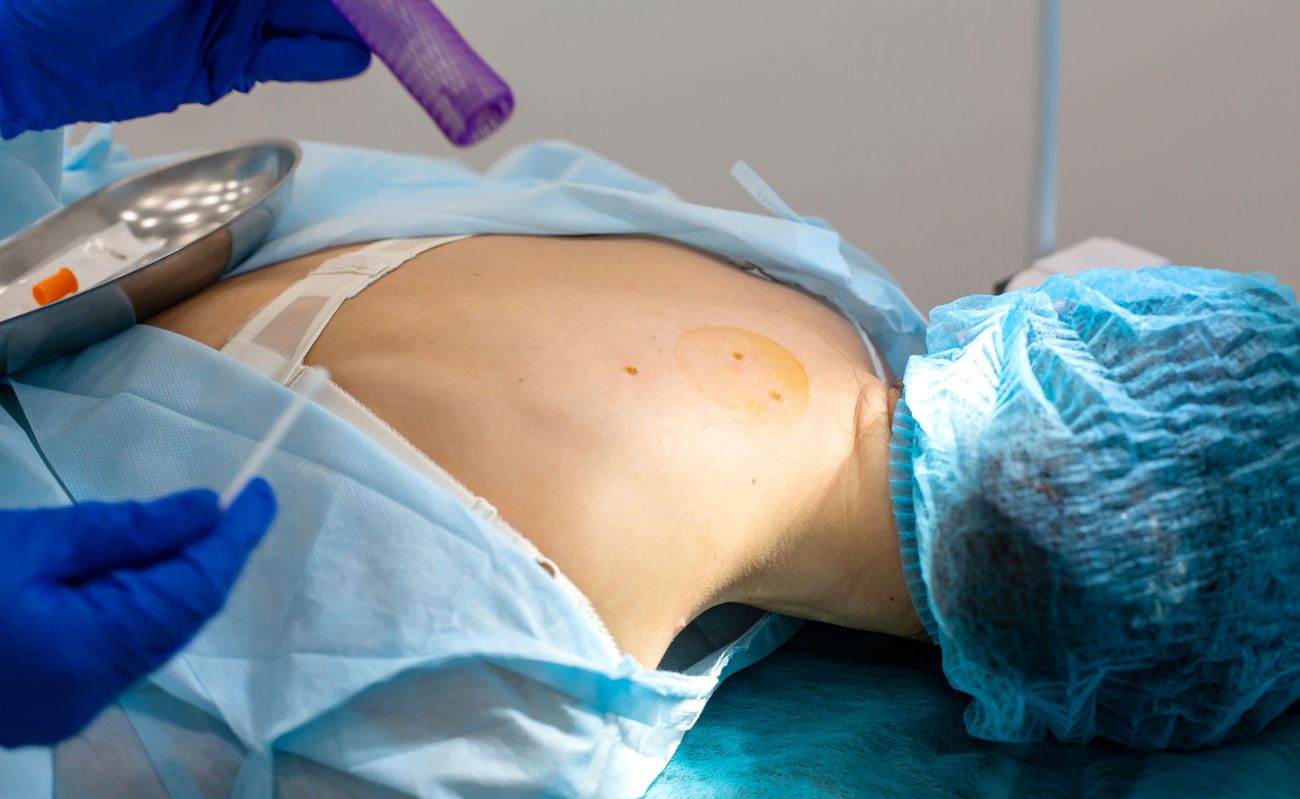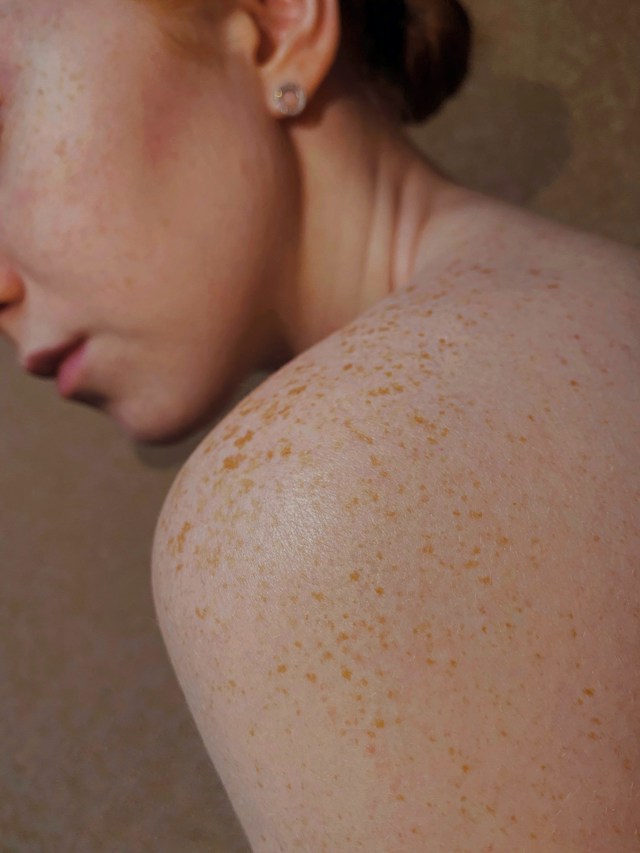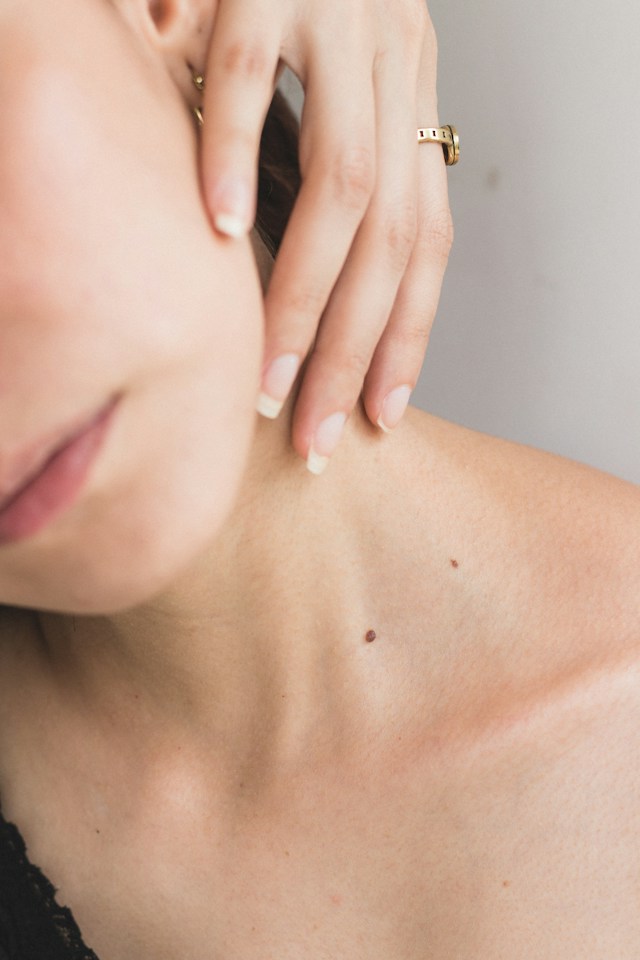What is a Suspicious Mole?
A suspicious mole, also known as a naevus, is a common skin growth that appears when melanocytes, the cells that produce colour, cluster together. They appear as tiny, dark marks on the skin or, occasionally, as flesh-coloured lumps. Moles can come in a variety of hues, forms, and sizes. Common skin growths called moles are mostly unharmful. Some moles, nevertheless, may be malignant.
How to Identify Suspicious Moles
Knowing how to spot a worrisome suspicious mole is crucial for prompt, professional consultation. When spotting suspicious moles, there are a few things to watch out for:
- Look for asymmetries. A mole may be suspicious if it is asymmetrical, meaning that one half does not match the other.
- Examine the border. Any mole with an uneven or fuzzy border should be taken seriously.
- Take note of the hue. A mole with multiple hues or one whose colour has varied over time could be suspect.
- Check the circumference. A mole more than 6 millimetres in diameter could be concerning.
- Look for moles’ evolution:
- Elevation: A mole that is raised or inflamed may be suspicious.
- Itching: A mole that itches may be a sign of cancer.
- Bleeding: A mole that bleeds or oozes fluid may be a sign of cancer.
- Crusting or scaling: A mole that develops a crust or scales may be a sign of cancer.
- Pain: A mole that becomes painful may be a sign of cancer.
- Conduct routine self-examinations. Once a month, check your skin for new or changing moles. Check your skin thoroughly, paying special attention to your scalp, back, and buttocks.
- Know the genealogy of the family. You run a higher risk of getting skin cancer if someone in your family has had the condition.
- It can be challenging to check every area of your skin independently. Ask a friend or family member to help you check your back and other difficult-to-reach regions for suspicious moles.
For routine skin cancer screenings, visiting a skin cancer physician/dermatologist is crucial, even if you have no suspicious lesions. Dermatologists can examine your skin for worrisome moles and other skin cancer warning signals.
A mole may be suspicious and require medical treatment if it falls into one of the categories above. Ask the doctor to examine a mole if it does not fall into any ABCDE category but still stands out.
How to seek professional advice
A good prognosis for skin cancer depends on early detection and treatment. Please visit a dermatologist as soon as possible if you have any worries about a mole. Dermatologists are medical professionals who focus on examining and treating skin conditions. Your mole can be examined to see whether it is malignant. This often involves mole removal so they can take it to the lab for testing.
Ask your doctor to check out any new or changing spots you observe because normal moles typically resemble one another. It might be challenging to distinguish between a benign mole, sun damage, and cancerous lesions on your skin.
The dermatologist might take a biopsy if they suspect that your mole harbours malignancy. A mole is removed during a basic surgery called a biopsy, which involves examining a small tissue sample under a microscope.
Your dermatologist will talk to you about your treatment choices if the biopsy reveals that the mole is malignant. Different treatment options may be available depending on the type, stage, and location of the skin cancer.




